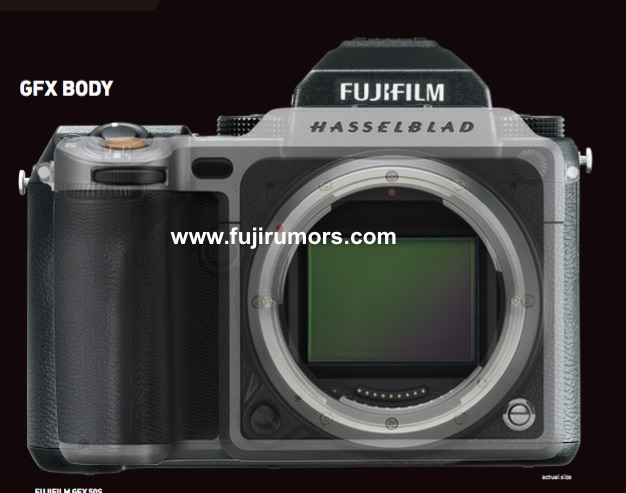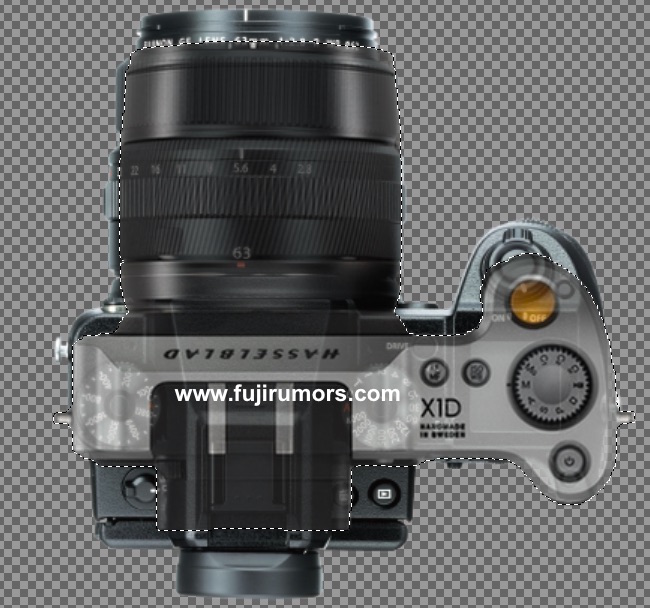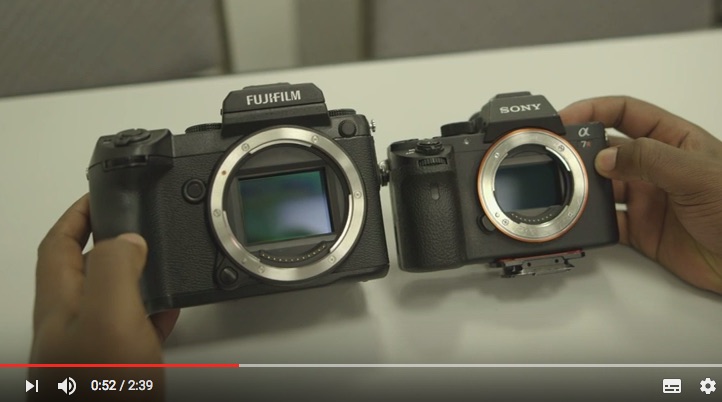Medium Format :: Leaf Shutter or Focal Plane Shutter? – POLL *** And What Will Change with the Global Shutter
ok, before I sell a kidney, let’s try it this way…
Focal Plane Shutter Vs. Leaf Shutter
The last 10 days where really busy “Fujifilm GFX” days here on FujiRumors. And all the specs we have heard are nice and good, but the biggest talk is definitely about the focal plane shutter (compared to the Hasselblad X1D leaf shutter).
But first, let’s just quickly wrap up the PROs and CONs of leaf and focal plane shutters:
Focal Plane Shutter:
+ faster shutter speeds wide open
+ adapting third-party lenses (GFX works with leaf shutter lenses and regular lenses)
+ cheaper, smaller & less complex lens design
– bigger camera body
– limited sync speed for flash work
Leaf Shutter:
+ smaller camera body
+ higher sync speeds
+ more quite then focal plane shutter
– lenses are bigger and more expensive due to the build in leaf shutter mechanism in every lens
– adapting third-party lenses (X1D works only with leaf shutter lenses)
– slower shutter speeds wide open
Everyone of you has obviously his/her priorities, so depending on what your needs are, you might prefer a leaf shutter or a focal plane shutter. Just drop your vote in this Poll and let us know.
_ _ _
Global Shutter
Ok… did you vote the Poll? Well done!
Now, this is a rumor site, and it’s in my nature to always look ahead at what the future could bring us. And today I’d like to talk more clearly about something, that I’ve already hinted in this Hasselblad Vs. Fujifilm article…. the global shutter. [The Global Shutter keeps the virtues of the electronic shutter – no shutter sound and ultra fast shutter speed – and at the same avoids motion blur – no rolling shutter effect – ].
The Global Shutter is no science ficition thing. Sony already uses it since 2015 for their security camera business and also Panasonic has announced its development in an official press release of March 2016.
The question is not “if” it will come also for professional high-end cameras, but “when”. And if we can trust this rumor, then we could see it become real in 2018/2019.
Once companies will start implementing the global shutter in their cameras, then Fujifilm will be able to get rid of the mechanical shutter, and build an even smaller and more compact Medium Format camera… Hasselblad X1D small. With one more advantage: the lens design can remain the same of the current GF Lenses: no leaf shutter, less complex, smaller… and cheaper.
And if the global shutter works well also for flash work (and it should), then also the leaf shutter should become obsolete.
If all this becomes true in the next few years (and my crystall ball says this is very likely), then we will look back and maybe also those, who consider the lack of leaf shutter an error, will change opinion on that… and just be happy they got great Fujinon GF glass for a cheaper price (and more compact) then it would be with leaf shutter.
And for the immediate future, Fujifilm will offer to those, who absolutely need leaf shutter for their flash work, an adapter for Hasselblad HC leaf shutter lenses (with autofocus support)…. so the best of both worlds: leaf shutter or focal plane shutter… you use what you need.





